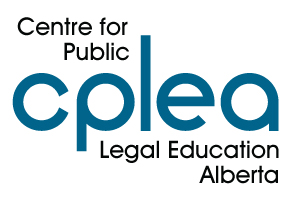The purpose of this site is to provide plain language information about the law to victims of violence in intimate relationships and their supporters. Willownet provides legal information that may help you if you are experiencing violence in a relationship. The site has information that is helpful on: facts about abuse, effects of relationship violence, what the law says about abuse, leaving the relationship safely (safety plan), taking your kids with you, pets, Protective Orders (EPOs, KBPOs) and going to court. The site also provides links to other family violence resources.
This kit has been designed for landlords, property managers and anyone else who works on-site or has access to residential rental units. It will help you understand the role you can play in preventing domestic violence on your premises. It also provides basic information on dealing with domestic violence when it does occur. For more CPLEA resources on abuse and violence in a relationship see: www.willownet.ca and www.cplea.ca/publications/abuse-and-family-violence/
This online tutorial was created by the Centre for Public Legal Education Alberta. There are several different kinds of protective orders. Some are available under federal law (the Criminal Code of Canada); some are available under provincial laws. If you have been abused and want the abuser to stay away from you, you can apply for protective court orders. These court orders tell the abuser to stay away. If the abuser then does not stay away, he or she can be punished.
Alberta Resources
Free Domestic Violence resource that CPLEA offers that are available in either Print or as a Download.
These resources provide general legal information to those dealing with Domestic Violence in Alberta. These material do NOT provide legal advice!
This service is offered by the Government of Alberta, Family Violence Prevention Unit. Trained staff can help get you to safety and give you information on supports and financial aid.
If you think someone you know is experiencing family violence, reach out by calling or texting the Family Violence Info Line at 310-1818, toll-free 24/7, or using the confidential online chat. Phone services are available in more than 170 languages.








Follow CPLEA